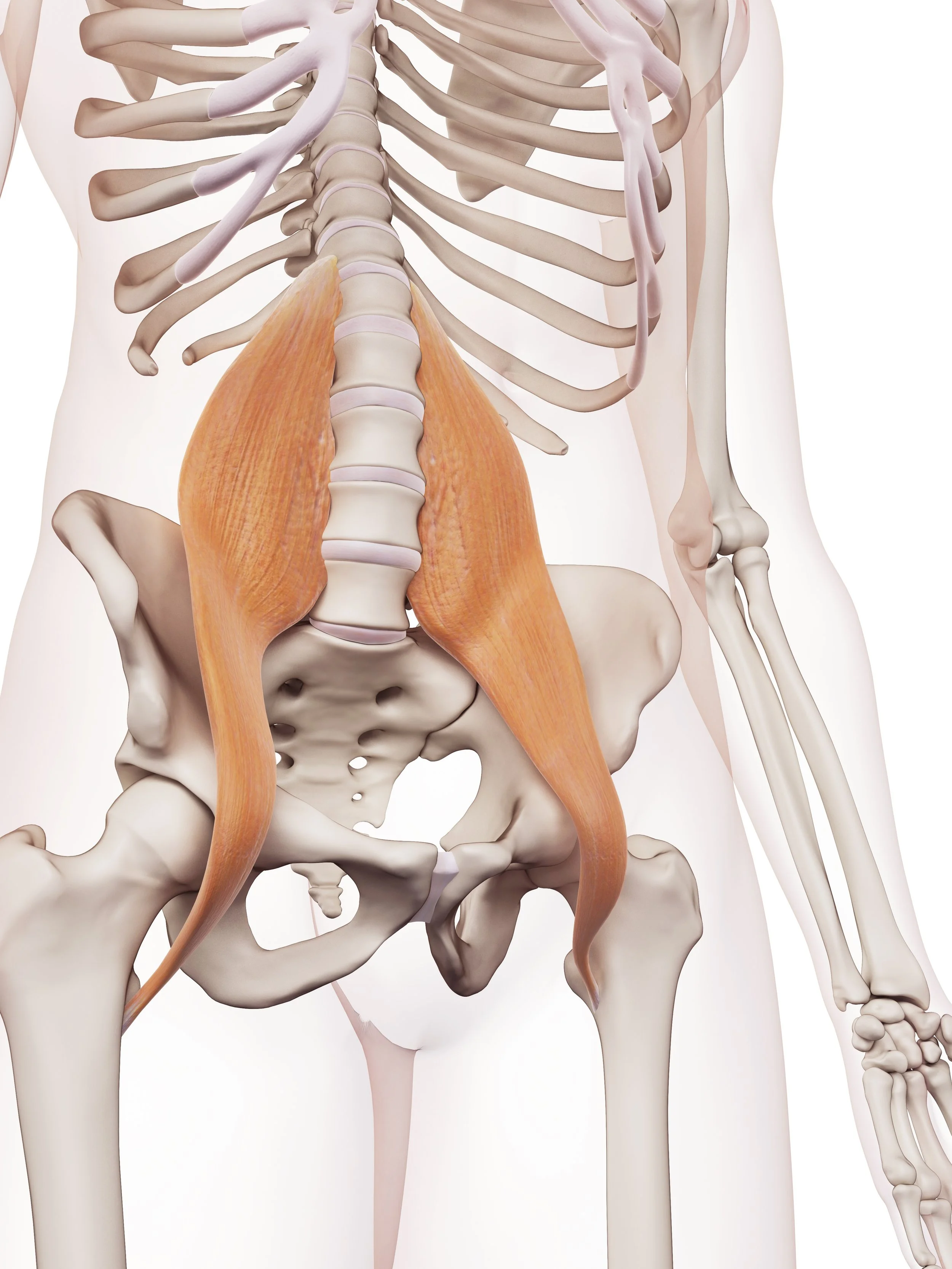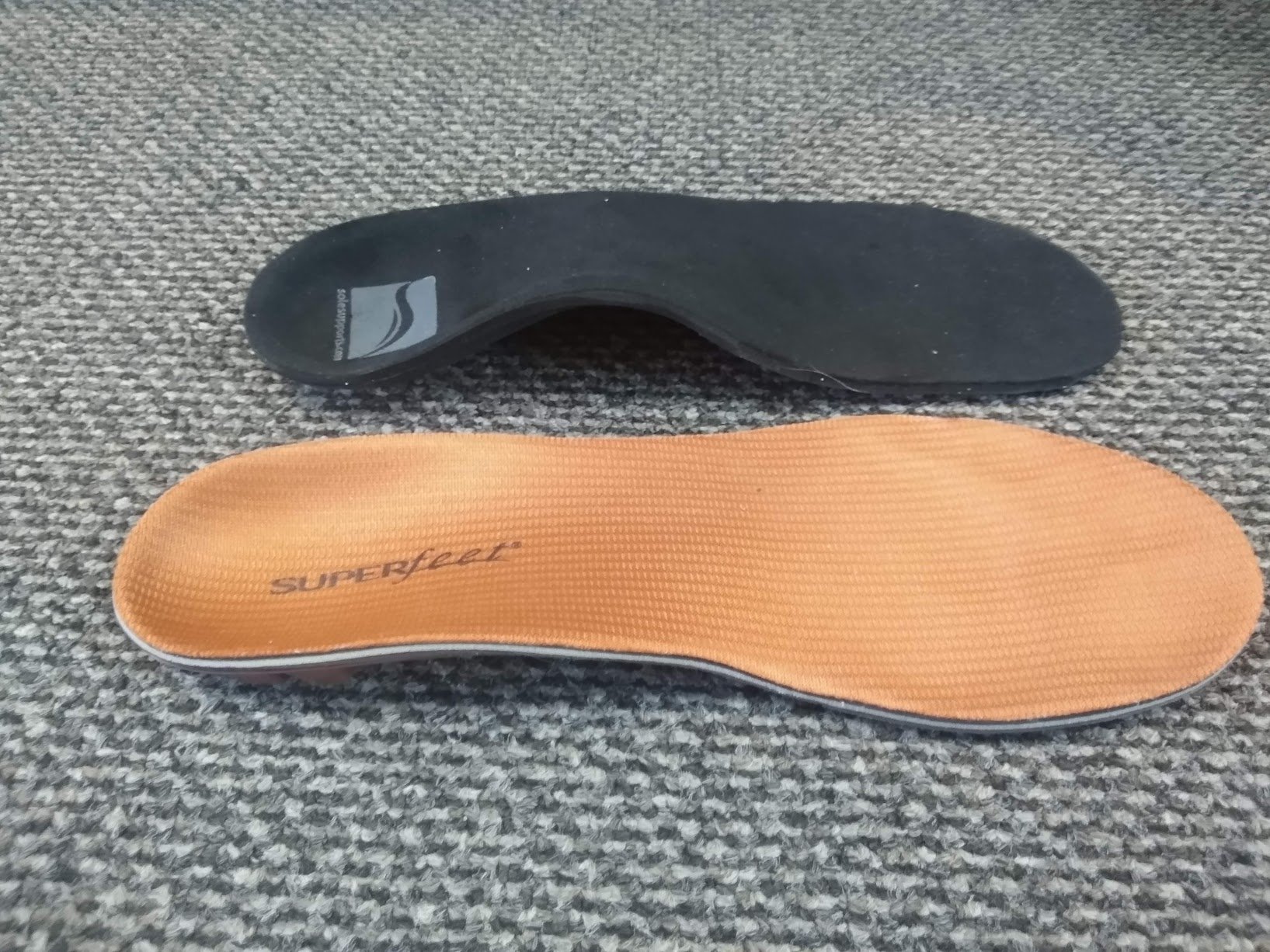That was a question posed to me earlier this week. I was going to refer the patient to some material that I had written about it, but to my great surprise and chagrin, I had done no such thing yet, and it was time to fill the gap.
The answer :
Depending upon WHICH surgery you had, chiropractic care can resume close to normal after a waiting period of 8-12 weeks. Those surgeries include laminectomies, foratotomies, facet joint partial resection. You can adjust at that segment, obviously with some modification of depth and rotation. For DISC REPLACEMENTS, you need to stay away from the segment replaced but otherwise can adjust adjacent segments pretty normally (I tend to limit rotation and lower the depth threshhold as well).
For SPINAL FUSION, using graft bone or metal hardware, no manual adjustment within 2 segments is the rule, and you have to wait a full 12 weeks and get confirmation from the treating surgeon that all hardware is secure before proceeding. There is still a lot you can do at other segments, as the fused segment is often a compensatory area in the first place.
Soft tissue care is still readily available after any type of surgery, so long as the doc or the massage therapy can modify therapy technique to prevent compression of soft tissues onto the underlying bone. Not only is soft tissue care available I frankly think anyone with a prior spine surgery should be evaluated for the necessity of soft tissue care. Scar tissue and adhesions can be a major source of continued pain after surgery when all of the orthopedic imaging shows good results. I especially find cupping useful since it distracts and separates tethered myofascial layers , rather than compress.
Acupuncture therapy can go on unrestricted, so long as the patient can be positioned comfortably for the duration of the treatment.








